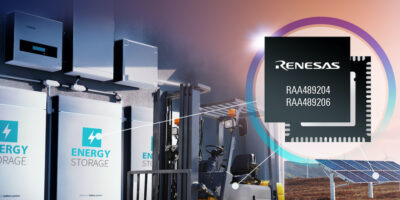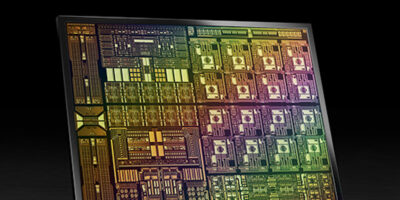Battery packs that packs that power e-scooters, energy storage, high-voltage power tools, and other high-voltage equipment can be managed with RAA48920x ICs. Renesas Electronics claims that the multi-cell battery front end ICs for battery management systems (BMS) accelerate battery development for mobility, uninterrupted power supplies (UPS) and energy storage systems.
The ICs provide fast, flexible, cell balancing up to 200mA to enable fast recharging and high utilisation in large battery packs with hot plug tolerance up to 62V.
BMS, or the ‘brains’ of the battery pack, is increasingly adopted in UPS and data centres, driving demand for ICs that can support higher voltage and larger cell battery pack sizes, said Andrew Cowell, vice president at Renesas’, mobility, infrastructure and IoT power business division. The RAA489206 and RAA489204 ICs have been designed to simplify the design process and create robust, cost-effective battery systems for the growing mobility, UPS back up and energy storage markets, he explained.
The RAA489206 is designed for higher voltage mobility applications where larger cell count and temperature variance across cells are more likely to lead to cell-to-cell imbalances. It provides full high-side battery protection and monitoring for 4S to 16S cell battery packs. The RAA489204 provides improved daisy chain operation with accelerated device-to-device communication and enhanced diagnostics compared with previous-generation devices. It also has internal cell balancing options and support for the higher voltages and cell count required by UPS systems, grid back up and other energy storage systems.
The ICs’ high integration simplifies the design cycle and reduces customers’ system bill of materials’ costs “significantly”, claims Renesas, adding that it also accelerates design and bill of material selection time from months to weeks.
The ICs also feature extensive built-in self diagnostics, improving safety functionality, reducing firmware workload and easing the design burden for meeting safety standards. They are pin-to-pin compatible with Renesas’ previous battery front end devices.
Both the RAA489206 and RAA489204 ICs are available now.







